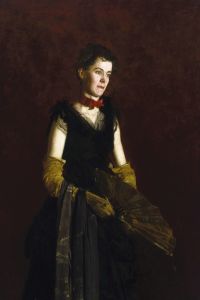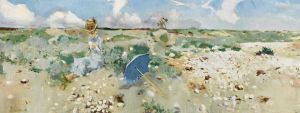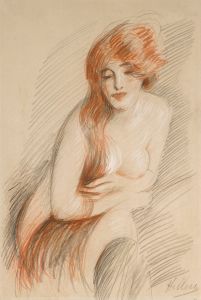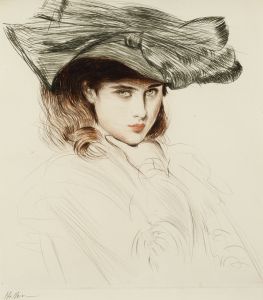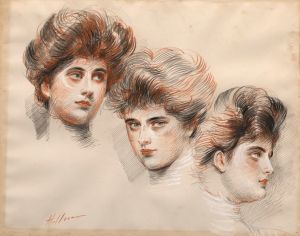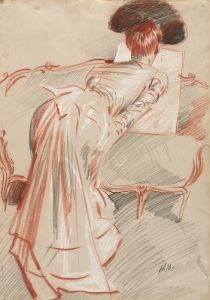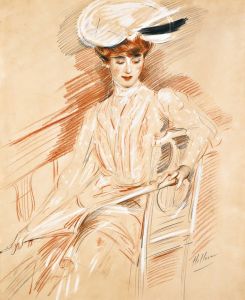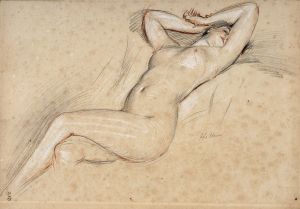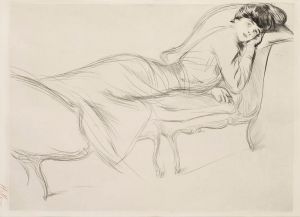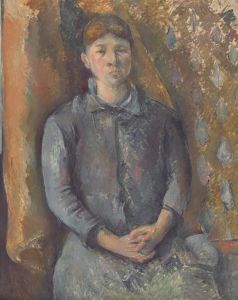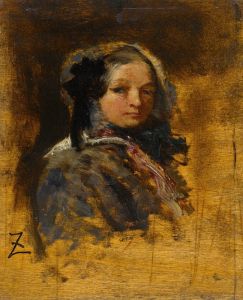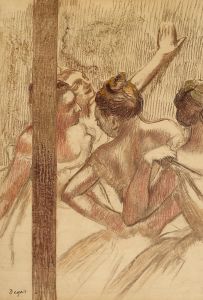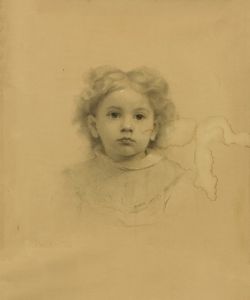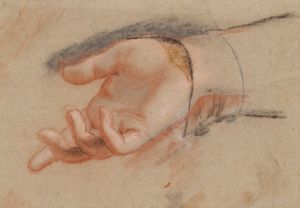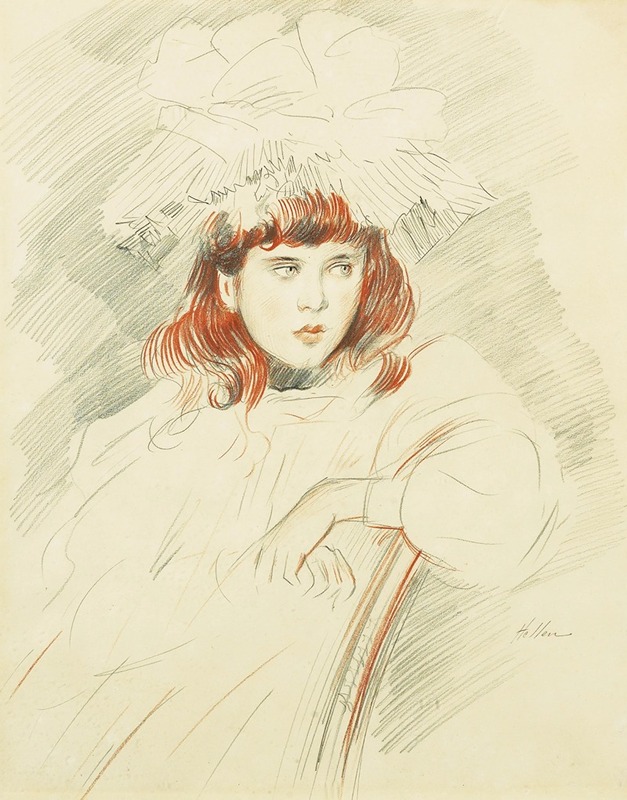
Portrait d’Ellen
A hand-painted replica of Paul César Helleu’s masterpiece Portrait d’Ellen, meticulously crafted by professional artists to capture the true essence of the original. Each piece is created with museum-quality canvas and rare mineral pigments, carefully painted by experienced artists with delicate brushstrokes and rich, layered colors to perfectly recreate the texture of the original artwork. Unlike machine-printed reproductions, this hand-painted version brings the painting to life, infused with the artist’s emotions and skill in every stroke. Whether for personal collection or home decoration, it instantly elevates the artistic atmosphere of any space.
Paul César Helleu was a French artist known for his portraits of beautiful women from the Belle Époque period. One of his notable works is "Portrait d’Ellen," which exemplifies his skill in capturing the elegance and grace of his subjects. Helleu was particularly renowned for his use of drypoint, a printmaking technique that allowed him to create delicate and expressive lines, which became a hallmark of his style.
"Portrait d’Ellen" is a representation of Helleu's wife, Alice Guérin, whom he affectionately called Ellen. Alice was a frequent subject in Helleu's work, and their relationship was a significant influence on his art. The portrait showcases Helleu's ability to convey the personality and charm of his subject through subtle details and a refined aesthetic. The artwork reflects the fashion and sensibilities of the late 19th and early 20th centuries, capturing the essence of the era's high society.
Helleu's portraits often featured women in fashionable attire, with an emphasis on their hairstyles and accessories, which were indicative of the period's trends. In "Portrait d’Ellen," the attention to detail in Ellen's attire and the graceful pose she strikes are characteristic of Helleu's approach to portraiture. His work was celebrated for its elegance and the way it captured the spirit of the Belle Époque, a time of cultural flourishing in France.
The artist's technique involved using a needle to etch lines onto a copper plate, which was then inked and pressed onto paper to create the final image. This method allowed Helleu to achieve a level of detail and texture that was highly prized by collectors and art enthusiasts. His mastery of drypoint set him apart from his contemporaries and contributed to his reputation as one of the leading portrait artists of his time.
Helleu's work, including "Portrait d’Ellen," was well-received by the public and critics alike. His portraits were exhibited in prestigious galleries and were sought after by patrons who admired his ability to capture the beauty and sophistication of his subjects. Today, Helleu's portraits remain popular among collectors and are featured in various art collections and museums around the world.
"Portrait d’Ellen" is a testament to Helleu's talent and his dedication to portraying the elegance of the Belle Époque. Through his art, Helleu not only immortalized the beauty of his subjects but also provided a window into the cultural and social dynamics of his time. His work continues to be appreciated for its artistic merit and its contribution to the legacy of portrait art.





